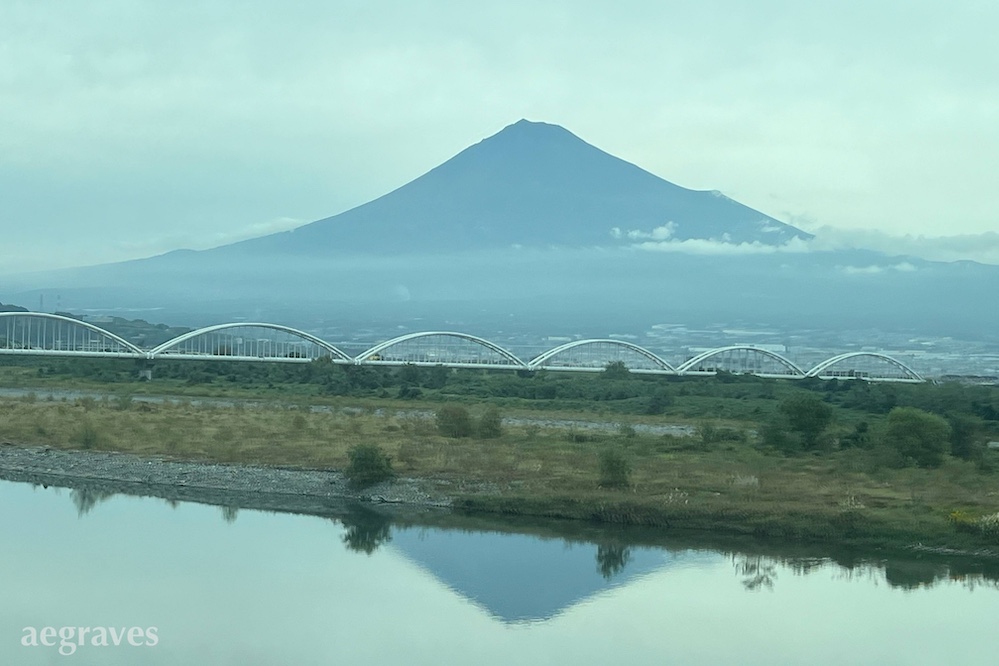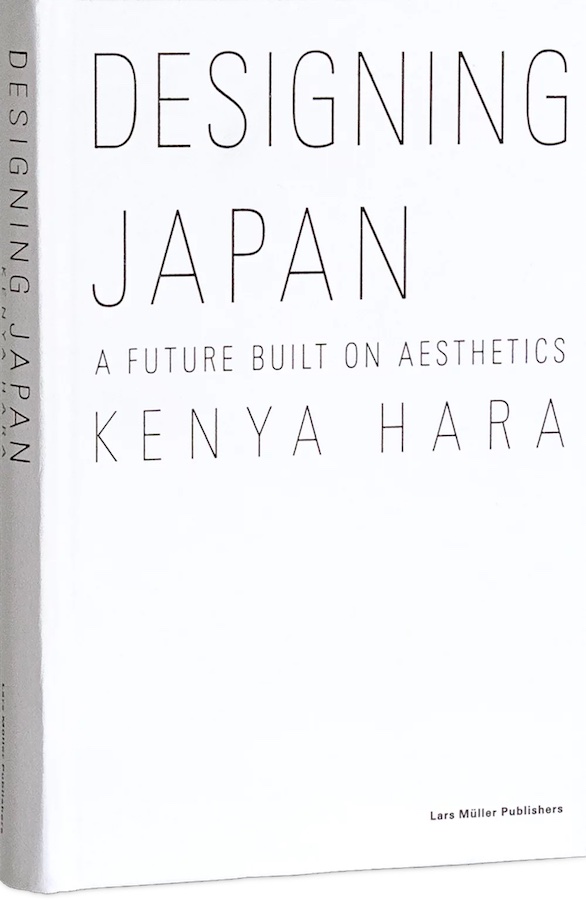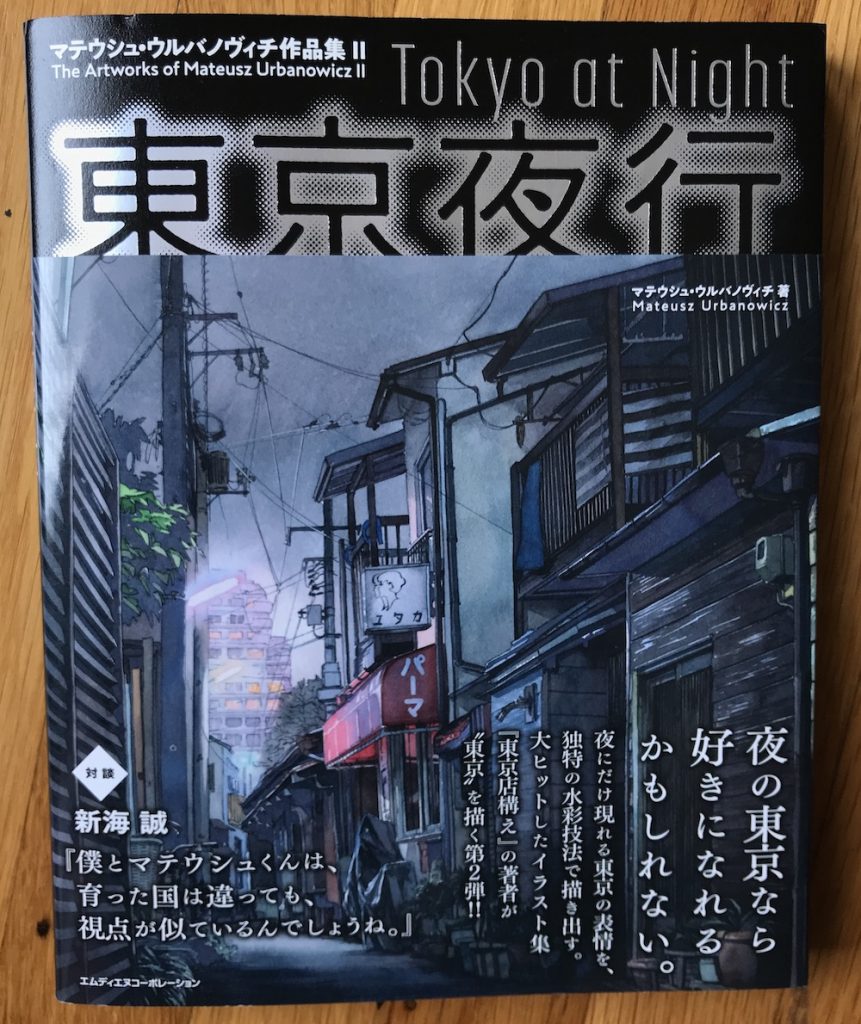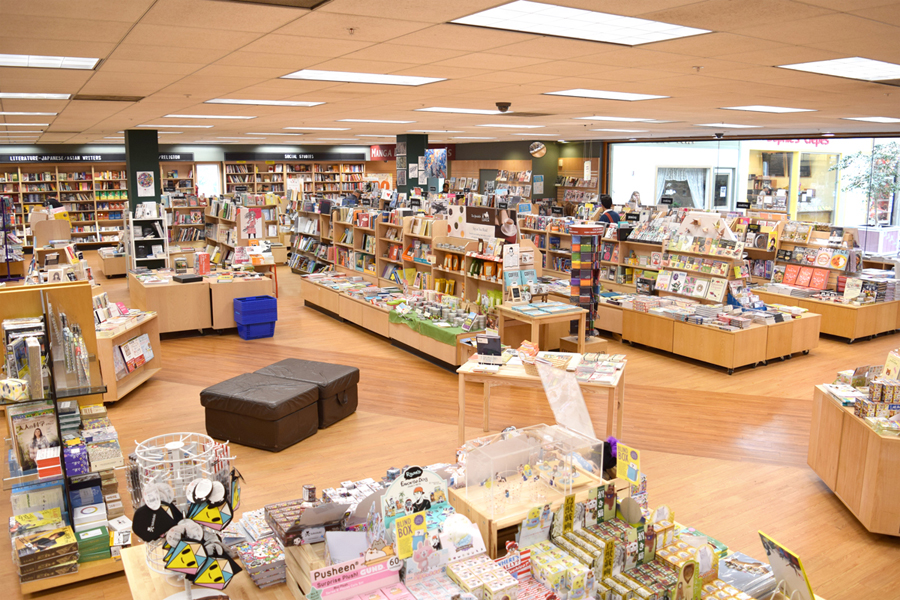
I am stateside again after ten satisfying days in Japan. This trip was my third visit, and the best yet.
The +16 hour time difference continues to haunt me, as does whatever is happening in my left ear that makes my hearing come and go. I’m working on re-establishing a sleep schedule that overlaps with nighttime here. I’m also sorting out when and if to eat, which is confusing (and not helping me slim down as I’d hoped).
I had a new Chromebook with me, and so was able to organize favorite photos capturing my many interests into massive Google Photo Albums with lengthy captions about flavors, pools suitable to occupy as water spirits, and watercolors that match drying rice… and then realized that innocent colleagues will likely be overwhelmed by these details, and that I should offer something snack-sized.
So I’ve illustrated my ‘top ten’ favorite experiences from this trip. You will not be surprised that many of them relate to food. Those experiences are:
- Kobe and Tokyo: Vegan and Vegetarian Foods (Food!)
- Kobe: Sorakuen Garden
- Kobe: Waterfalls and Emerald Streams
- Tokyo: Matcha and Wagashi (Food!)
- Tokyo: Tokyo Ramen Street (Food!)
- Tokyo: Lotus Ponds and Temples
- Tokyo: Art Supply Heavens
- Tokyo: Dining in a Traditional Building (Food!)
- Tokyo: Immersive Contemporary Art
- Tokyo: Shrines
You can see little collages and read brief summaries of these topics in ten blog posts at the link below.

I’m unlikely to write a single, long travelogue entry, though I kept a diary while I was there. I’ll take more time to reflect on the trip before considering that. However, it’s safe to say that the trip exceeded all of my expectations, and went SO well that I’ve already booked flights for a 2025 return.
I used my travel time to enjoy some books, and will post about those here soonish.





